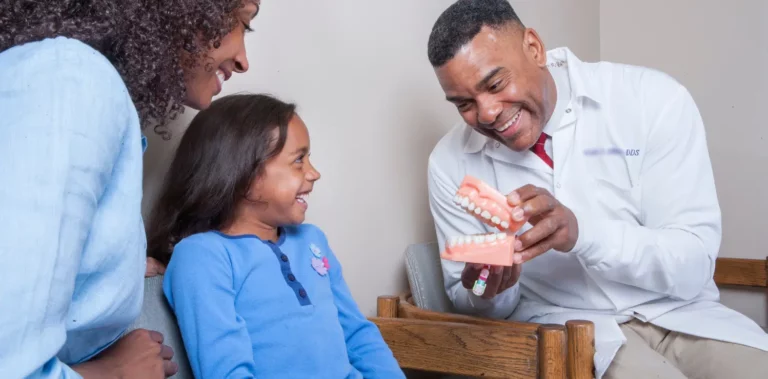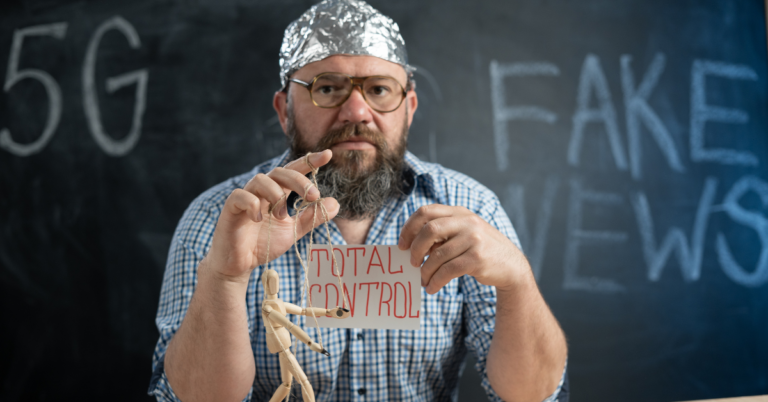In recent years, the acceptance of tattoos and piercings has grown significantly, challenging traditional norms and expanding the boundaries of self-expression. However, when it comes to medical professionals, the topic becomes more complex due to the expectations of professionalism and the need to maintain a certain level of decorum. In this blog post, we will delve into the history of tattoos and piercings in medicine, explore the current policies in healthcare organizations, weigh the pros and cons of having them as a medical professional, and provide practical advice on navigating this topic while balancing self-expression and professionalism.
The History of Tattoos and Piercings in Medicine
Tattoos and piercings have a fascinating historical significance in the realm of medicine. Various cultures have utilized them for therapeutic purposes, religious rituals, and cultural identification. For instance, in ancient Egypt, tattoos were thought to possess magical and healing powers. Similarly, acupuncture, a practice rooted in traditional Chinese medicine, involves the insertion of needles into specific points on the body, similar to body piercings.
In modern society, tattoos and piercings have become more prevalent, shedding their association with counterculture and gaining acceptance as a mainstream form of self-expression. Consequently, perceptions within the medical field have also evolved. What was once seen as unconventional or even taboo is now being recognized as an individual’s right to express themselves within certain boundaries.
The Current Policy on Tattoos and Piercings in Healthcare
When it comes to tattoos and piercings in the medical field, hospitals and healthcare organizations have implemented varying policies and guidelines. These policies are designed to balance the personal freedom of medical professionals with the expectations of professionalism and patient comfort.
Some institutions maintain strict dress code policies that require employees to cover visible tattoos with clothing or makeup. This approach aims to maintain a certain image of professionalism and to avoid potentially distracting or discomforting patients. Other organizations have adopted more lenient policies, allowing visible tattoos as long as they are not offensive or explicit. Similarly, guidelines for piercings may vary, with some organizations permitting only minimal and discreet piercings to ensure patient safety and infection control.
It’s important for medical professionals to be aware of and respect the policies of their respective institutions. By doing so, they can balance their desire for self-expression with the need to maintain professionalism in their interactions with patients and colleagues.
Pros and Cons of Having Tattoos and Piercings in the Medical Field
Understanding the advantages and challenges associated with visible body modifications can help medical professionals make informed decisions about their personal style choices and navigate the delicate balance between self-expression and maintaining professionalism. In this section, we will delve into the potential benefits and drawbacks of having tattoos and piercings in the medical field, shedding light on the multifaceted nature of this topic and providing a comprehensive perspective for healthcare professionals.
Advantages:
- Building rapport with patients: Visible tattoos and piercings can serve as icebreakers, opening doors for conversations and creating connections with patients who share similar interests or experiences. This can contribute to improved patient satisfaction and trust.
- Cultural competence: Tattoos and piercings can be seen as symbols of cultural identity and can help medical professionals demonstrate an understanding and appreciation for the diverse backgrounds and experiences of their patients.
- Encouraging inclusivity and diversity: Allowing medical professionals to express their individuality through tattoos and piercings fosters a more inclusive and tolerant healthcare environment. It sends a message that healthcare professionals can be diverse in their appearances while providing quality care to patients.
Disadvantages:
- Perception and stereotypes: Despite the increasing acceptance of tattoos and piercings, some patients and colleagues may still hold onto outdated stereotypes and misconceptions. They may associate visible body modifications with unprofessionalism, rebelliousness, or even questionable character.
- Patient comfort and trust: While tattoos and piercings can be conversation starters, some patients, particularly those from older generations or conservative backgrounds, may feel uncomfortable or less trusting of healthcare providers with visible body modifications. This discomfort can hinder effective communication and relationship-building.
- Infection control and hygiene challenges: Excessive or improperly cared-for piercings can present challenges in maintaining hygiene and adhering to infection control protocols. Healthcare professionals must prioritize cleanliness and follow strict protocols to prevent complications or the transmission of infections.
Advice for Medical Professionals with Tattoos and Piercings
For medical professionals who choose to express their individuality through tattoos and piercings, the task of effectively managing their appearance while upholding professionalism is of utmost importance. To assist in this endeavor, here are some practical tips that can guide medical professionals with tattoos and piercings in striking the delicate balance between self-expression and maintaining the highest standards of professionalism:
Understand Institutional Policies
Familiarize yourself with your institution’s specific policies and guidelines regarding tattoos and piercings. By taking the time to understand these regulations, you can gain clarity on the boundaries within which you can express yourself while still adhering to the professional expectations of your workplace. This knowledge will allow you to make informed decisions about your tattoos and piercings, ensuring that you comply with the established guidelines while expressing your individuality. Familiarity with institutional policies not only demonstrates your commitment to professionalism but also helps you avoid any potential conflicts or misunderstandings. Being well-informed allows you to navigate the delicate balance between personal expression and adhering to the expectations of your healthcare organization, integrating your unique style harmoniously in the medical field.
Placement and Discretion
When it comes to tattoos and piercings as a medical professional, it is important to carefully consider their placement. Opting for designs and locations that can be easily covered or hidden, particularly in clinical or patient-facing settings, demonstrates a thoughtful approach to maintaining professionalism. This flexibility allows you to respect patient preferences and cultural sensitivities while also ensuring a professional appearance when necessary. By strategically choosing placements that can be discreetly covered with clothing or accessories, you can confidently navigate various healthcare situations without compromising your ability to provide exceptional patient care. This consideration reflects your commitment to creating a comfortable and inclusive environment for all patients while upholding the highest standards of professionalism.
Educate Patients and Colleagues
Medical professionals with tattoos and piercings have a unique opportunity to educate others about the meaning and significance behind their body modifications. By sharing the stories and cultural or personal significance of your tattoos and piercings, you can help dispel misconceptions and foster understanding among your colleagues, patients, and the broader healthcare community. Engaging in open and respectful dialogue not only promotes awareness but also bridges the gap between personal expression and professionalism. It allows others to appreciate the artistry, cultural heritage, or personal experiences that underlie your body modifications, helping to create a more inclusive and accepting environment within the medical field.
Prioritize Professionalism
Maintaining professionalism as a medical professional with tattoos and piercings is of utmost importance, regardless of your personal style choices. It is essential to strike a balance between self-expression and upholding professional standards in the healthcare field. This means being mindful of how your body modifications may be perceived within the context of your healthcare organization’s dress code policies. Consider any guidelines related to the coverage or discretion of visible tattoos and piercings, and make thoughtful clothing choices that comply with these requirements while still allowing you to express yourself through your body art. Additionally, maintaining a well-groomed and professional appearance overall, including clean clothing and hair, contributes to projecting an image of competence and professionalism that instills trust and confidence in your patients and colleagues.
TheraEx Locums
The question of whether medical professionals can have tattoos and piercings is a complex and nuanced topic. While there are various policies, opinions, and considerations to navigate, it is clear that maintaining professionalism remains paramount. At TheraEx Locums we recognize the importance of diversity and personal expression within the medical profession. We provide exceptional support and guidance for healthcare professionals seeking locum tenens opportunities, valuing the unique contributions each professional brings to the field. Balancing self-expression with professionalism is a continuous journey, and by embracing open dialogue, mutual respect, and adherence to institutional policies, medical professionals can create a harmonious integration of their personal style and dedication to patient care.





